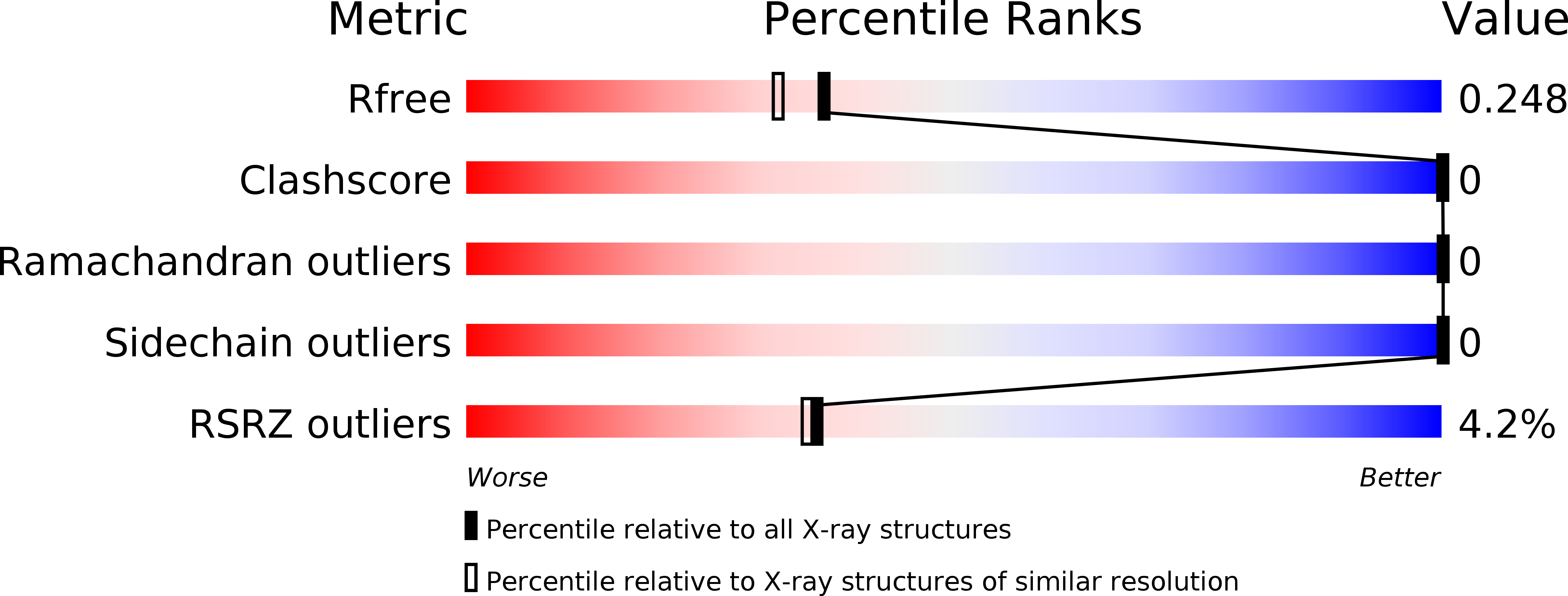
Deposition Date
2007-03-13
Release Date
2007-07-24
Last Version Date
2023-08-30
Entry Detail
PDB ID:
2P4R
Keywords:
Title:
Structural basis for a novel interaction between AIP4 and beta-PIX
Biological Source:
Source Organism:
Rattus norvegicus (Taxon ID: 10116)
Host Organism:
Method Details:
Experimental Method:
Resolution:
2.00 Å
R-Value Free:
0.24
R-Value Work:
0.21
Space Group:
P 61 2 2


